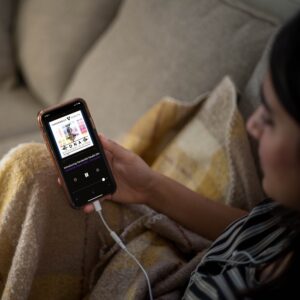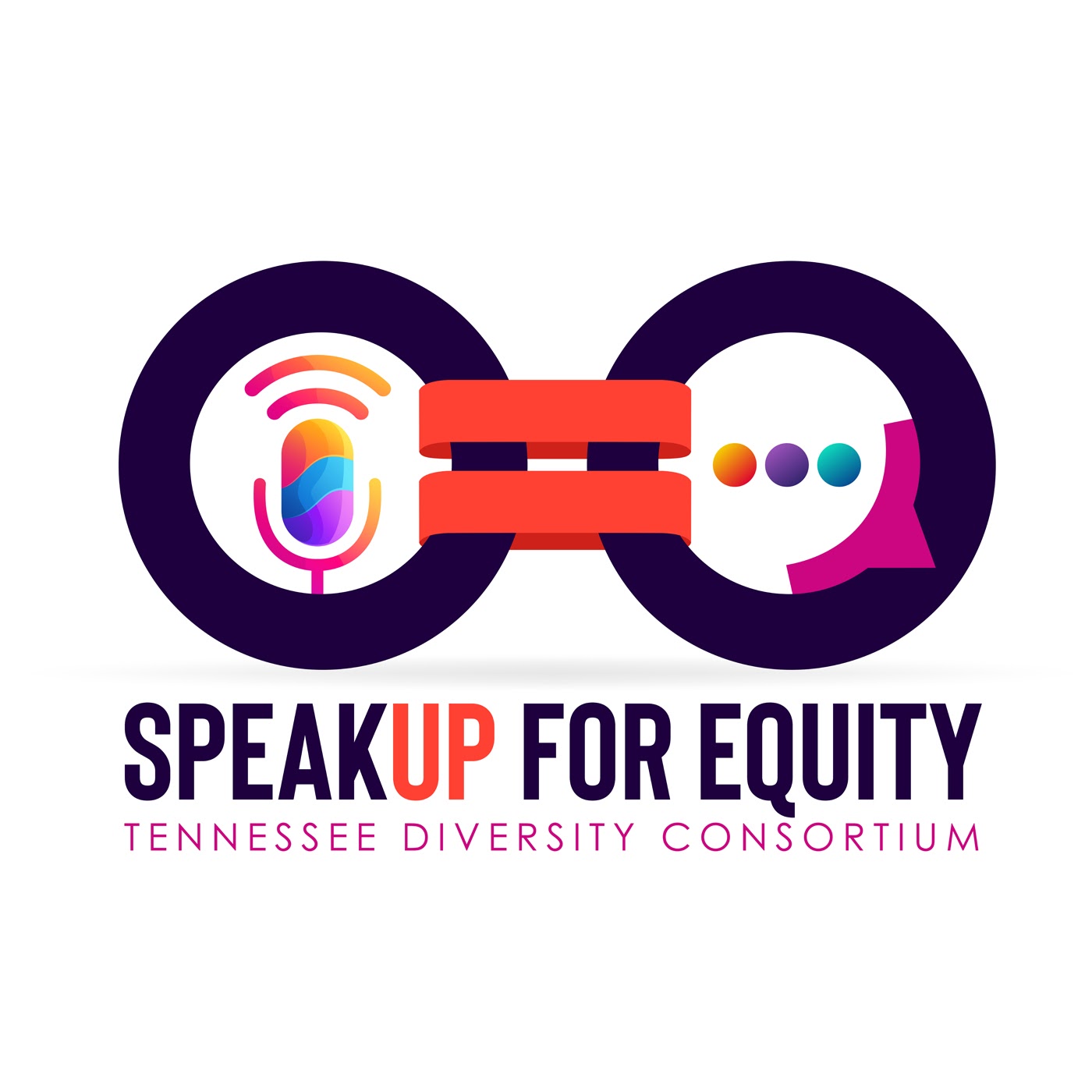YouTube is the second largest search engine in the world, and publishing podcast episodes there gives your show new opportunities for discovery and growth.
A recent survey found that 18% of podcast listeners stream their shows on YouTube, making it the third most popular podcast platform behind Spotify and Apple Podcasts. For podcasters, sharing your episodes on YouTube creates an exciting opportunity to expose your show to an even wider audience.
Video content can improve your SEO
Behind Google, YouTube is one of the biggest video search engines on the internet. By sharing your podcast on YouTube, you can expose your content to an even wider audience that includes users who prefer video and frequently search for content on the platform.

YouTube can also boost a business’ search engine optimization as videos frequently show up in search results for keywords or topics on Google. Putting your podcast on the platform can help drive more listeners to find you and your show.
Not only does YouTube boost the SEO of your podcast, but it also gives you the ability to engage with your listeners. On most of the major podcasting platforms, brands cannot respond directly to their audiences, but YouTube eliminates this barrier by allowing you to communicate in the comment section and use live streaming to engage your community.
Create simple and effective videos with audiograms
There are many benefits to sharing your podcast on YouTube, but how exactly do you convert your podcast episodes into videos? We recommend using audiograms.
Audiograms consist of visual art, an animated sound wave and an audio track. They can either feature a short clip that promotes your episode, or if you’re publishing them on a platform like YouTube that allows long-form content, they can feature the audio for the entire episode.
Audiograms make it easy to turn your audio content into a visual, without the added cost and time commitment of recording high-quality video.
When creating audiograms, keep the following best practices in mind:
- Your cover image must be eye-catching
- Make sure to include an animated waveform to indicate that the video has sound
- Include closed captions to accommodate situations where the viewer can’t listen to the audio
If you prefer to outsource the process of creating audiograms, Relationary also offers audiogram packages as part of our production services. These include:
- Standard Audiogram Episodes: 25-50 minute videos that include the full episode audio with a static cover image, a waveform, and closed captions.
- Enhanced Audiogram Episodes: Videos that include the full-length episode audio, a waveform, and closed captions, but also feature a mixture of text, graphics, and photos.
- Standard Audiogram Promos: 15-60 second long videos that include a gold moment audio clip, a call to action voice over, a standard cover image, a waveform and open captions.
- Enhanced Audiogram Promos: 15-60 second long videos that include up to three gold moment audio clips, a call to action voiceover and a mix of text, graphics, and photos along with the standard waveform and open captions.
Optimize your YouTube content for maximum engagement
Since YouTube is one of the internet’s largest video search engines, it is important to know how to optimize your videos so they can rank higher in search results and gain more views. If you’re new to publishing on YouTube, it can seem overwhelming, so here are a few steps to consider as you convert your audio content into video content:
- Link your website’s podcast landing page in the video’s description. This will help drive traffic to your website and allow your viewers to follow you on other streaming platforms.
- Use keywords in your video’s title and description to make the videos more discoverable.
- Reference YouTube’s Creator platform for resources to help you promote your podcast on their platform.
- Embed your YouTube videos into episode blog posts on your website to increase their visibility and reach.
- Always add closed captions to your videos to help make them accessible to as many people as possible.
YouTube is a powerful tool for expanding the reach and visibility of your show.
Not only does it help new listeners find your show with its great SEO capabilities, but it also provides new opportunities for engagement and interaction with your audience.
If you choose to promote your podcast through YouTube, keep in mind that content quality matters, but don’t feel like you need to break the bank to produce videos. Audiograms are a great option for visually engaging your audience.
For more content like this, subscribe to our newsletter, Brandcasting. Ready to build your own branded podcast? Let us help you get started with a free consultation.



